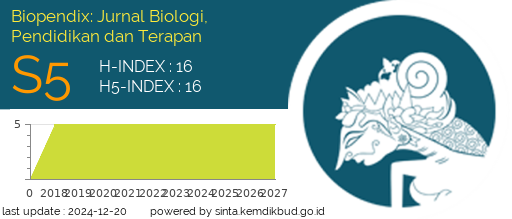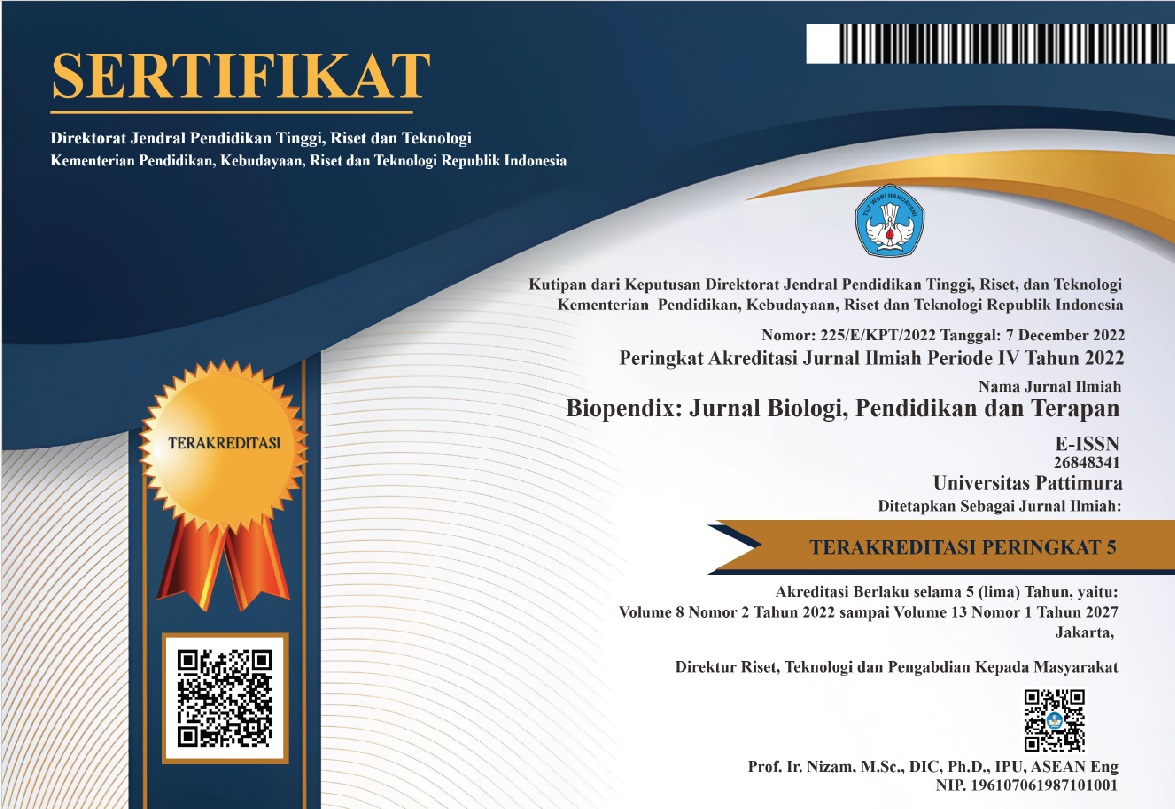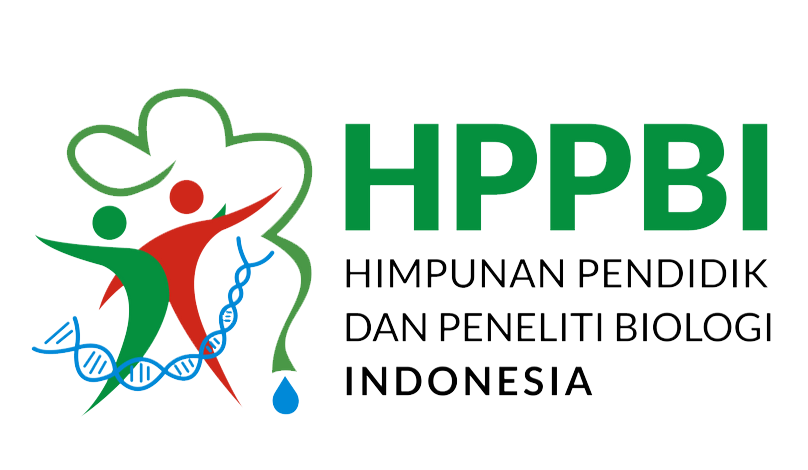MODEL PEMBELAJARAN INSIDE OUTSIDE CIRCLE DALAM MENINGKATKAN HASIL BELAJAR SISWA SMA NEGERI 7 AMBON
Abstract
Background: Learning is a process of interaction between teachers and students that is shown to make changes in students' attitudes and mindsets to achieve optimal learning outcomes. The teacher designs learning biology using a contextual approach that is confusing and time-consuming. In learning biology student success is determined by the final outcome of learning.
Methods: The subjects in this study were class XI Science 2 and the data obtained by observation, interviews and learning outcomes tests were analyzed descriptively using a list of initial and final test scores.
Results: The cognitive aspects of the assessment there were 11 students who scored at intervals (80-100) with a percentage of 68.75% very good information and 5 students who scored at intervals (66-79) with a percentage of 31.25% good information. Evaluation of affective aspects obtained a percentage of 100%. For the Final Test, there are 12 students who score at intervals (80-100), with a percentage of 75% and very good information, and 4 students who score at intervals (66-79), with a percentage of 25% and good information. At the final grade there are 16 students who score at intervals (80-100), with a percentage of 100% and with very good information.
Conclusion: The application of the Inside Outside Circle (IOC) type of cooperative learning model to the concept of the human excretion system can improve student learning outcomes by achieving KKM 70.
Downloads

Authors who publish with BIOPENDIX: Jurnal Biologi, Pendidikan dan Terapan agree to the following terms:
- Authors retain copyright and grant the journal right of first publication with the work simultaneously licensed under a Creative Commons Attribution License (CC BY-NC-SA 4.0) that allows others to share the work with an acknowledgment of the work's authorship and initial publication in this journal.
- Authors are able to enter into separate, additional contractual arrangements for the non-exclusive distribution of the journal's published version of the work (e.g., post it to an institutional repository or publish it in a book), with an acknowledgment of its initial publication in this journal.
- Authors are permitted and encouraged to post their work online (e.g., in institutional repositories or on their website) prior to and during the submission process, as it can lead to productive exchanges, as well as earlier and greater citation of published work.




 2
2

















